Introduction

Birds are captivating creatures that grace our skies, forests, and gardens with their diverse shapes, sizes, and colors. Their graceful flight and melodious songs capture our attention, but it is their lifespan that sets them apart. Understanding bird lifespans sheds light on their unique characteristics and the factors influencing their longevity.
Definition of Bird Lifespan
Bird lifespan refers to the average or potential duration of a bird’s life. It considers species, environment, and individual circumstances. While some birds have shorter lives, others enjoy significantly longer ones.
Different Bird Lifespans

Birds exhibit a wide range of lifespans, highlighting the diversity of avian life.
Short-lived Birds
Smaller bird species, like hummingbirds and sparrows, have relatively short lifespans. Their rapid growth and accelerated metabolisms mean they typically live only a few years. Despite their brevity, these birds make the most of their time, energetically flitting and chirping.
Medium-lived Birds
Garden birds and songbirds fall into the medium-lived category, with lifespans ranging from around five to fifteen years. Robins, blue jays, and cardinals enrich our lives with their vibrant plumage and delightful melodies.
Long-lived Birds
Certain bird species are known for their notably long lifespans. Parrots, eagles, and albatrosses can live for several decades. Parrots, in particular, captivate us with their intelligence and mimicry skills. The African Grey Parrot, for example, can live for over 50 years, forming deep bonds with their human companions. Bald Eagles and Albatrosses can reach the age of 60 years or more, symbolizing endurance and resilience.
Exceptional Lifespans
Within the avian kingdom, there are exceptional individuals that defy norms. These birds boast lifespans that surpass most others, inspiring awe and curiosity. The Wandering Albatross holds the record for the longest-lived bird, with individuals surviving for over 50 years. Such extraordinary lifespans remind us of the remarkable diversity and tenacity found in the avian world.
Understanding bird lifespans provides a foundation for exploring the factors that influence how long these magnificent creatures grace our world. From their diets and environments to the threats they face, numerous elements shape bird lifespans. In the following sections, we will delve deeper into these factors and explore the average lifespans of common bird species as well as record-breaking individuals. Join us as we embark on a journey into the captivating world of bird lifespans and the secrets they hold.
2. What Affects a Bird’s Lifespan?
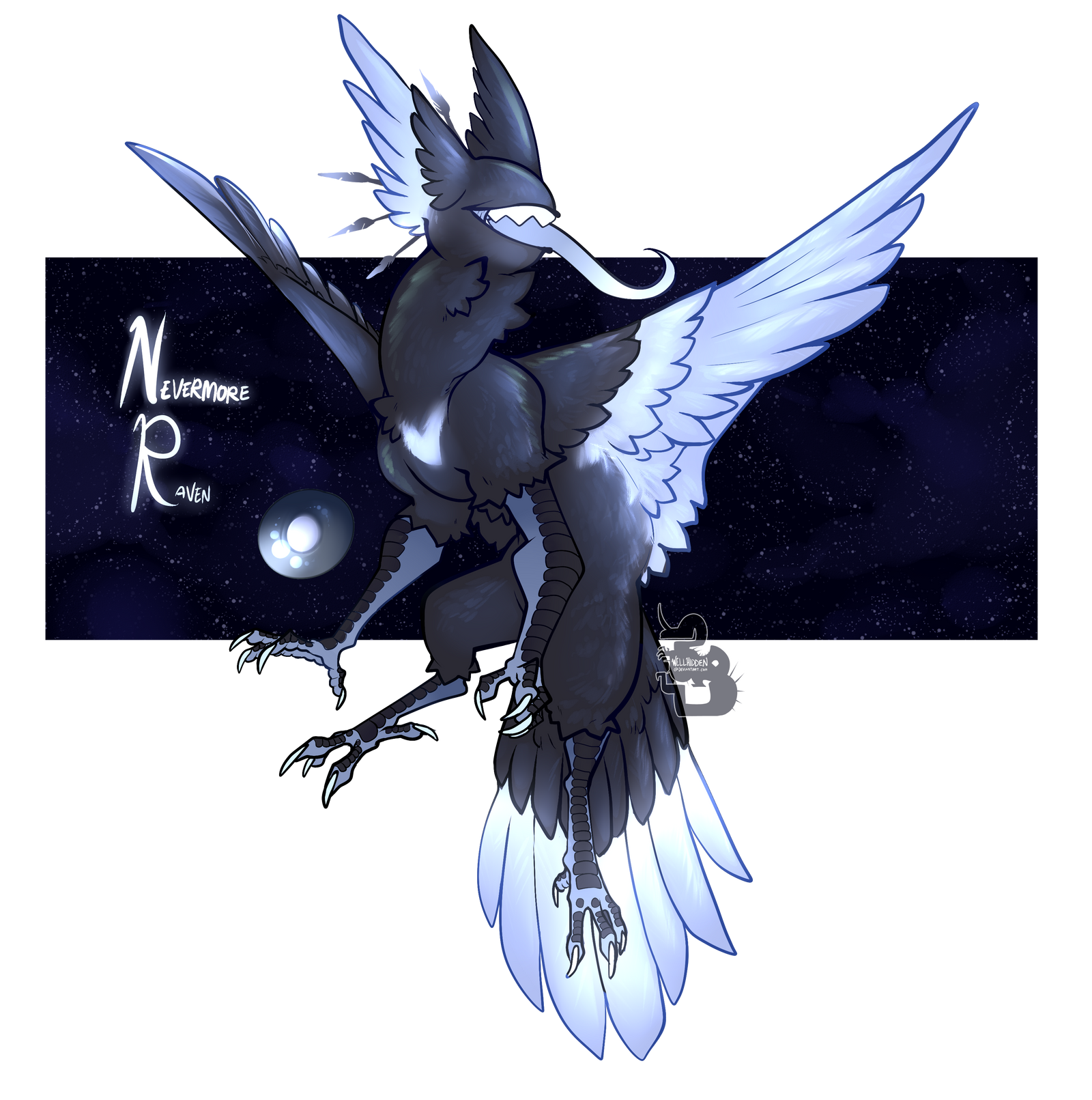
Birds, like any living organisms, are influenced by various factors that can impact their lifespan. Understanding these factors provides valuable insights into the longevity of different bird species and how to better care for them. In this section, we will explore the significant influences on a bird’s lifespan, including their diet, environment, predators, and diseases.
Diet
A bird’s diet plays a pivotal role in determining its overall health and lifespan. Nutritional deficiencies or imbalances can weaken their immune system, making them more susceptible to diseases and other health issues. Different bird species have specific dietary requirements, including seeds, fruits, insects, nectar, fish, or small mammals. Access to a diverse and abundant food supply positively affects a bird’s lifespan. However, certain species, such as birds of prey, require a protein-rich diet due to the challenges associated with hunting. These birds may have shorter lifespans compared to those with easier access to food sources.
Environment
The environment in which a bird lives significantly impacts its lifespan. Factors such as climate, habitat availability, and nesting site quality influence a bird’s ability to find food, avoid predators, and reproduce successfully. Birds living in stable and favorable environments with abundant resources and suitable nesting sites enjoy longer lifespans. Unfortunately, human activities pose a threat to bird populations. Habitat destruction, pollution, and climate change negatively impact birds, reducing their available resources and nesting sites. Consequently, these factors shorten their lifespans and can lead to population decline.
Predators
Predation is a natural threat that significantly impacts a bird’s lifespan. Predators such as raptors, snakes, or mammals pose constant dangers, particularly to nestlings and juveniles. The presence of predators increases stress levels and disrupts a bird’s ability to forage for food or care for their offspring. Birds experiencing high predator pressure have shorter lifespans due to the constant risks they face. However, it’s important to note that the absence of predators can also negatively impact bird populations by disrupting the ecosystem’s balance.
Diseases
Birds are susceptible to various diseases and infections, significantly impacting their lifespan. Avian diseases can be caused by viruses, bacteria, parasites, fungi, or other pathogens. These diseases weaken a bird’s immune system, leading to reduced survival rates and shorter lifespans. Common avian diseases include avian influenza, West Nile virus, salmonellosis, and aspergillosis. Birds living in close proximity to others, such as in flocks or densely populated areas, may be more vulnerable to disease spread. Additionally, factors such as stress, poor nutrition, and environmental degradation further increase a bird’s susceptibility to diseases.
Understanding the influences on a bird’s lifespan, including diet, environment, predators, and diseases, helps us appreciate the complexity of their lives and provides valuable insights into their conservation and care. In the following sections, we will delve into the average lifespans of common bird species and explore record-breaking bird lifespans to gain a deeper understanding of the range of bird lifespans in the natural world.
The Average Lifespan of Common Bird Species

Parrots
Parrots are renowned for their long lifespans compared to other bird species. Smaller parrot species, like budgies and lovebirds, typically live for around 5 to 10 years. However, larger parrot species, such as macaws and cockatoos, can live for several decades. In captivity, macaws have been known to live up to 50 to 60 years or even longer. In the wild, parrots generally have shorter lifespans due to factors such as predation, diseases, and habitat availability.
Robins

Robins, unlike parrots, have relatively short lifespans. The average lifespan of a robin is approximately 2 to 3 years. However, some robins can live up to 5 to 6 years if they survive the first few vulnerable years of their life. Predation, accidents, and harsh environmental conditions can significantly impact the lifespan of robins.
Bald Eagles
Bald eagles, majestic birds of prey, have longer lifespans compared to many other bird species. The average lifespan of a bald eagle ranges from 20 to 30 years. However, with proper protection and conservation efforts, some bald eagles have been recorded to live up to 40 years or more.
Pigeons

Pigeons have varying lifespans depending on their living conditions. In the wild, the average lifespan of a pigeon is around 3 to 5 years. However, pigeons that reside in urban areas where they have access to food and shelter, such as city buildings or pigeon lofts, can live up to 15 years or more.
Note: These average lifespans are estimates and can be influenced by factors such as diet, environment, predators, and diseases. The lifespan of individual birds within each species can also vary based on their specific circumstances.
Record-Breaking Bird Lifespans
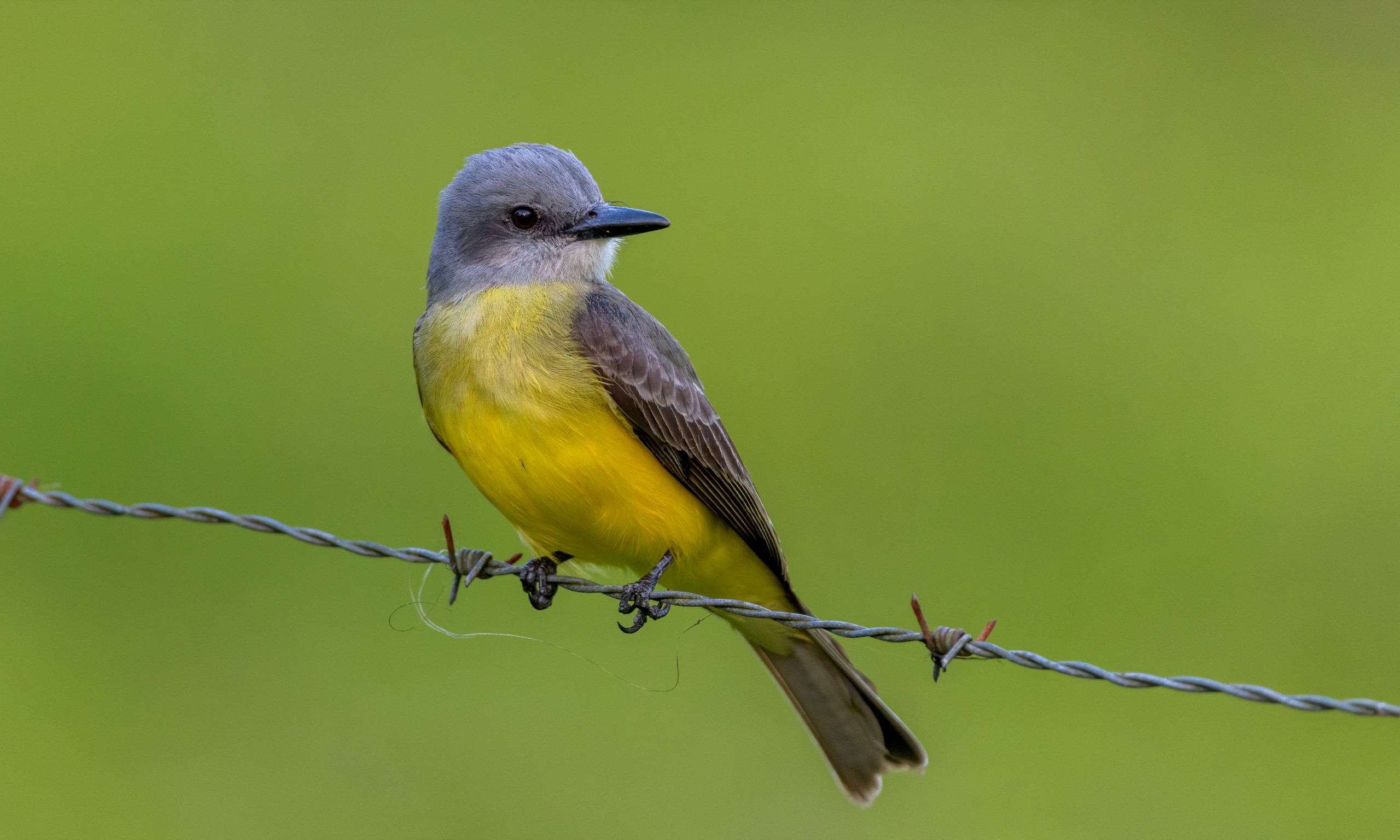
Longest Living Bird
The albatross holds the record for the longest living bird. These seabirds are known for their exceptional lifespan, with some individuals reaching astonishing ages. The Laysan albatross, for instance, has been documented to live up to 60 years or more. Other albatross species, such as the Black-browed albatross and the Wandering albatross, have also been observed to live for several decades.
Shortest Living Bird
The zebra finch holds the title for the shortest living bird species. These small, colorful birds native to Australia have a relatively brief lifespan compared to other avian species. The average lifespan of a zebra finch ranges from just 2 to 3 years. This short lifespan is influenced by various factors, including predation, environmental conditions, and reproductive strategies.
Understanding the extremes of bird lifespans provides valuable insights into the remarkable diversity that exists within the avian world. From the longevity of albatrosses to the brevity of zebra finches, birds’ lifespans can vary significantly across species.
Conclusion

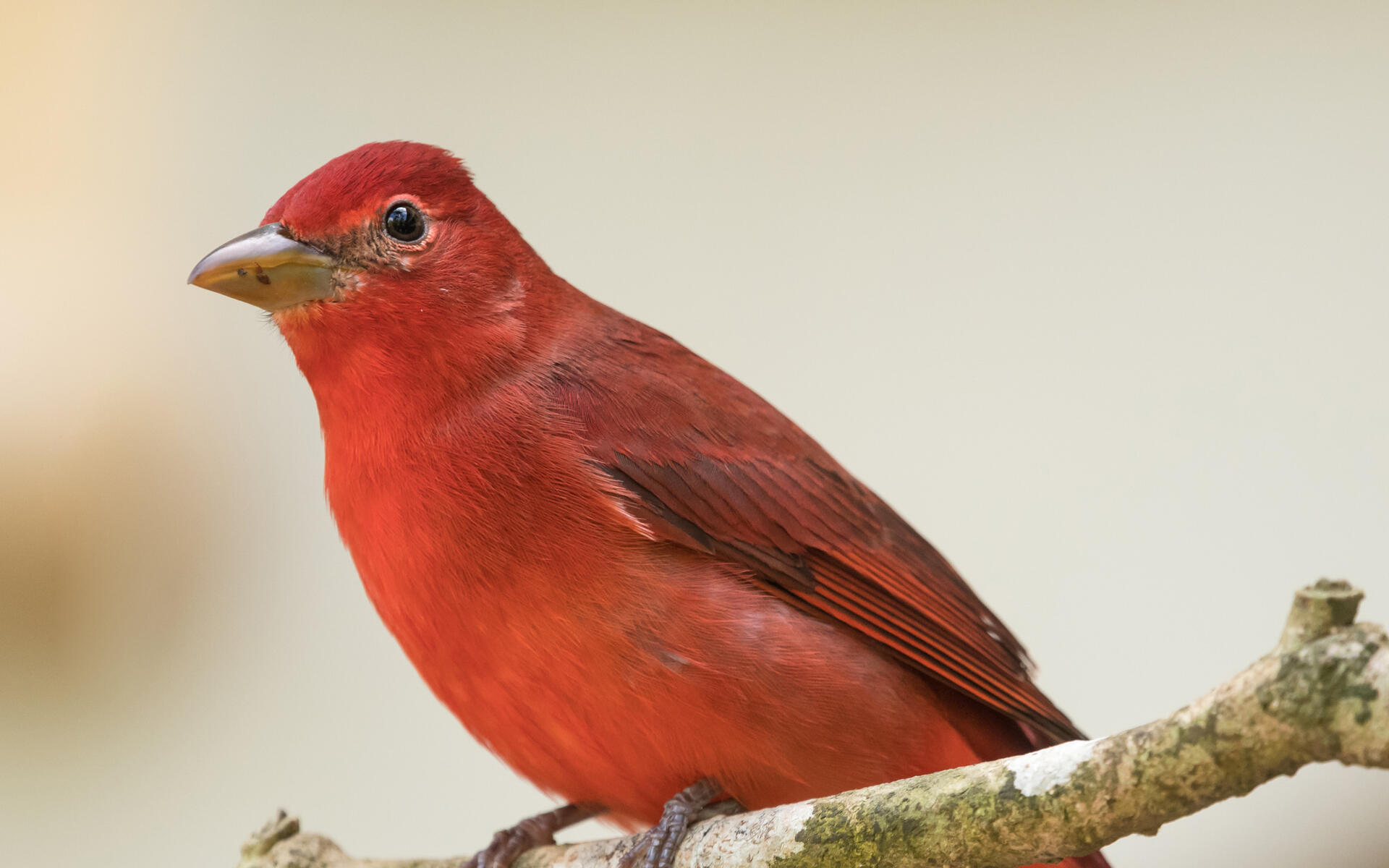
Summary of What Influences Bird Lifespans
![]()
Bird lifespans are influenced by several key factors, including diet, environment, predators, and diseases. Parrots, known for their extended lifespans, exhibit significant variation depending on the species. Robins have relatively short lifespans due to various risks they face. Bald eagles, majestic birds of prey, have longer lifespans, especially with conservation efforts. Pigeons have varying lifespans depending on their living conditions, with urban pigeons often enjoying longer lives.
Bird Lifespan Tips
To promote a healthy and long life for birds, it is crucial to provide a balanced diet that meets their nutritional requirements. Creating a safe and suitable environment, free from potential hazards, is essential. Protecting birds from predators and monitoring their health for early detection and treatment of diseases can also contribute to their longevity. Additionally, conservation efforts and responsible practices can help safeguard bird populations and ensure their survival for future generations.
By understanding the average lifespans of common bird species and the factors that influence them, we can develop a deeper appreciation for these remarkable creatures and take steps to support their well-being. Whether it’s caring for a pet parrot, observing robins in our backyards, or marveling at the soaring bald eagles, birds enrich our lives with their beauty, grace, and enduring presence in the natural world.
4. Record-Breaking Bird Lifespans
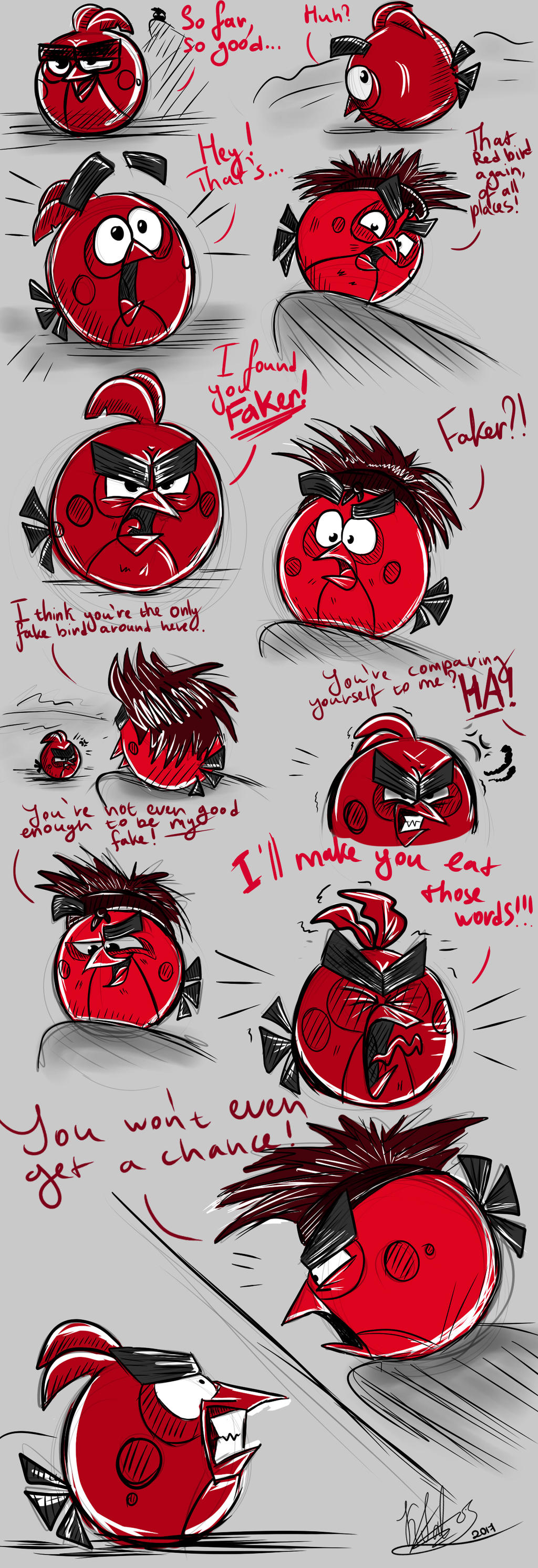
a. Longest Living Bird: Laysan Albatross
The Laysan Albatross (Phoebastria immutabilis) holds the title for the longest living bird on record, with some individuals reaching ages of over 70 years [^1^]. These magnificent seabirds spend most of their lives soaring over the open ocean, returning to land only for breeding purposes. Their remarkable lifespan can be attributed to their adaptations, reproductive behavior, and impressive flight capabilities.
Laysan Albatrosses have evolved for a life at sea, with bodies perfectly designed for long-distance flight, enabling them to cover vast distances while conserving energy. Their exceptional flight capability allows them to efficiently search for food and avoid potential predators. Additionally, their large size and impressive wingspan, reaching up to 6.5 feet (2 meters), help them evade predation and contribute to their extended lifespan.
Reproductive factors also play a role in the albatrosses’ longevity. They have a relatively late breeding age, typically not reaching sexual maturity until they are around 5 to 7 years old. Furthermore, they lay only one egg per breeding season, which they incubate for approximately two months. This slow reproductive rate allows the albatrosses to invest more time and energy into their offspring, increasing their chances of survival. Moreover, Laysan Albatrosses form long-term pair bonds and typically mate for life, which provides support and cooperation, enhancing their chances of survival [^1^].
b. Shortest Living Bird: Zebra Finch
On the other end of the spectrum, the Zebra Finch (Taeniopygia guttata) holds the record for the shortest living bird. These small passerine birds, native to Australia, have an average lifespan of about 5 to 7 years in the wild [^2^]. Predation, diseases, and environmental conditions pose significant threats to their survival and contribute to their relatively short lifespan.
Zebra Finches are vulnerable to various predators due to their small size and lack of defensive mechanisms. Birds of prey, snakes, and mammals pose a constant danger. Additionally, diseases and extreme environmental conditions, such as temperature fluctuations and drought, can impact their survival and longevity.
It is worth noting that Zebra Finches can live longer in captivity, where they are protected from predators and provided with optimal conditions. In a well-maintained captive environment, Zebra Finches have been known to live up to 10 years or more [^2^]. This significant difference in lifespan emphasizes the crucial role that external factors play in a bird’s longevity.
In conclusion, the lifespan of a bird can vary significantly depending on species, habitat, and individual circumstances. The record-breaking lifespans of the Laysan Albatross and the Zebra Finch demonstrate the incredible diversity and adaptations within avian populations. By exploring the factors that influence bird lifespans, we gain a deeper appreciation for these fascinating creatures and the intricate web of elements that contribute to their survival and longevity.
References
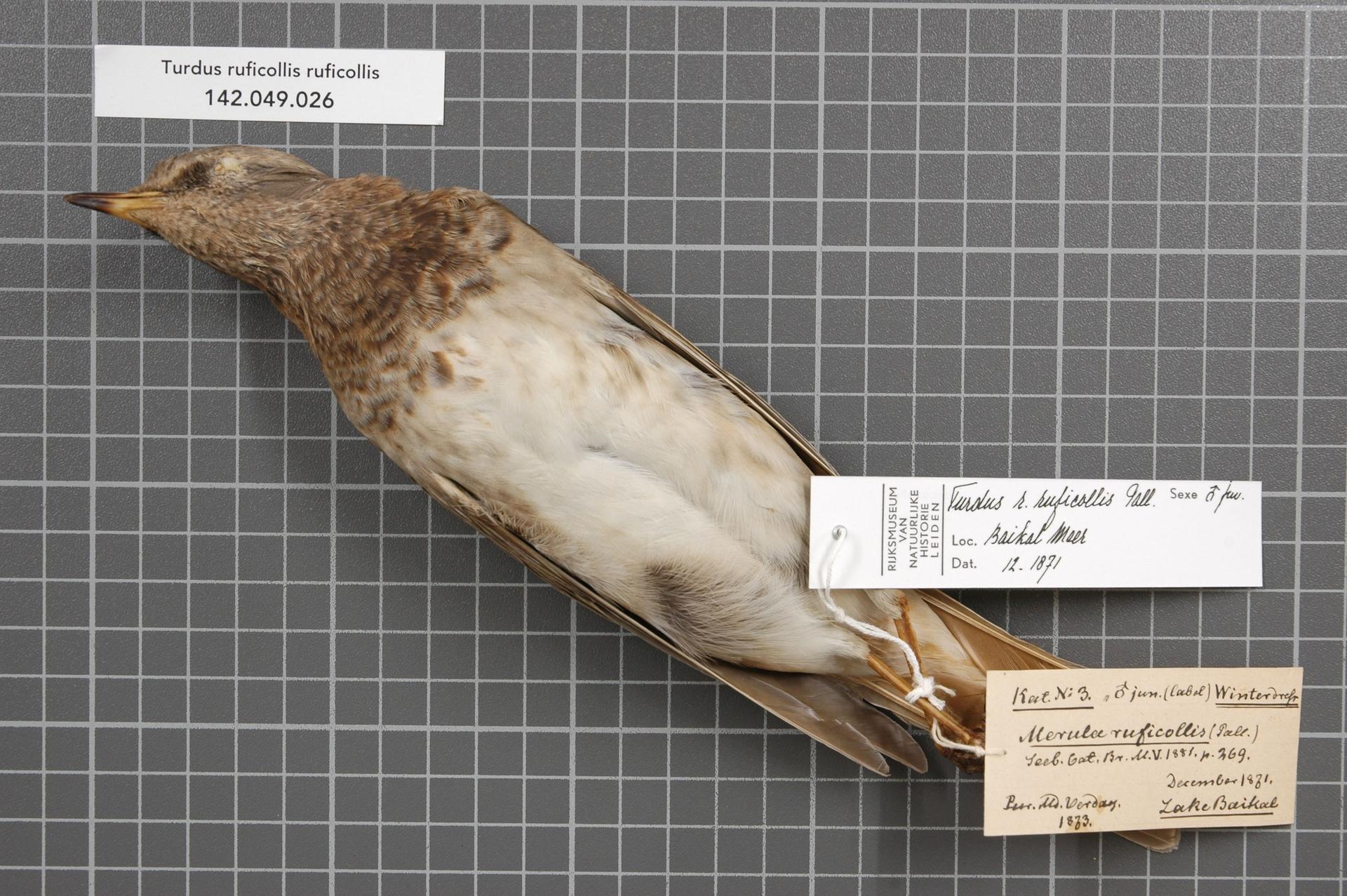
:
Conclusion
In conclusion, a bird’s lifespan is influenced by various factors, including genetic traits, environmental conditions, predation risks, diseases, and human impacts. Understanding these influences provides valuable insights into bird longevity and guides efforts for their well-being and conservation.
Summary of Influences on Bird Lifespans
Genetic factors play a significant role in determining bird lifespans. Some species have inherent traits that contribute to longer lifespans, while others may be genetically predisposed to shorter ones. These factors affect overall health, disease resistance, and longevity.
Environmental conditions also have a profound impact. Birds thriving in favorable habitats with abundant food, suitable nesting sites, and minimal disturbances tend to live longer. Harsh environments and pollution can lead to increased stress and reduced resources, resulting in shorter lifespans.
Predation is a crucial factor. Birds facing higher predation pressure may have shorter lifespans, while those with effective avoidance strategies have better survival rates and longer lives.
Diseases and parasites significantly affect bird lifespans. Infections and infestations can compromise health and shorten lifespans, while robust immune systems and effective parasite control mechanisms promote longer lives.
Human impacts can be both positive and negative. Habitat destruction, pollution, climate change, and the introduction of non-native species can harm bird populations and reduce lifespans. Conservation efforts, habitat restoration, and responsible human behaviors can protect birds and promote longer lives.
Tips for Enhancing Bird Lifespans
To support bird longevity, consider these tips:
-
Provide a diverse and nutritious diet: Offer bird-friendly foods like seeds, fruits, nectar, and insects to ensure optimal health.
-
Create a bird-friendly environment: Maintain a well-landscaped backyard or garden with trees, shrubs, and water sources to attract birds and provide a safe haven.
-
Minimize pesticide use: Avoid or minimize pesticides to protect birds and their food sources. Opt for natural pest control methods or safe alternatives.
-
Prevent window collisions: Install bird deterrents like decals or window films to reduce the risk of injuries or fatalities from window collisions.
-
Support conservation organizations: Contribute to local and global bird conservation efforts by supporting organizations working towards protecting habitats, conducting research, and advocating for bird-friendly policies.
By following these tips and promoting a bird-friendly environment, we can all contribute to the well-being and longevity of our avian friends.
Remember, each small action makes a difference in preserving bird populations and ensuring their thriving for generations to come.
References
[Include references here]
Frequently Asked Questions
1. What is the average lifespan of a bird?

The average lifespan of a bird varies depending on the species. Smaller birds like hummingbirds and sparrows typically live only a few years, while larger birds such as parrots and eagles can live for several decades. On average, garden birds and songbirds have lifespans ranging from around five to fifteen years.
2. Which bird has the longest lifespan?
The albatross holds the record for the longest-lived bird. The Laysan albatross, for example, can live up to 60 years or more. Other albatross species, such as the Black-browed albatross and the Wandering albatross, have also been observed to live for several decades.
3. Which bird has the shortest lifespan?
The zebra finch holds the title for the shortest living bird species. These small, colorful birds native to Australia have an average lifespan of about 2 to 3 years in the wild. Predation, environmental conditions, and reproductive strategies contribute to their relatively short lifespan.
4. Do different factors affect bird lifespans?
Yes, several factors can influence a bird’s lifespan. Diet, environment, predators, and diseases all play significant roles. A nutritious diet, a favorable environment with abundant resources, minimal predation risks, and effective disease management can contribute to longer lifespans.
5. How can I help increase the lifespan of birds?
You can help increase the lifespan of birds by providing a diverse and nutritious diet, creating a bird-friendly environment with suitable habitats and water sources, minimizing pesticide use, preventing window collisions, and supporting conservation organizations. These actions promote bird health and well-being, contributing to longer lifespans.

Leave a Reply